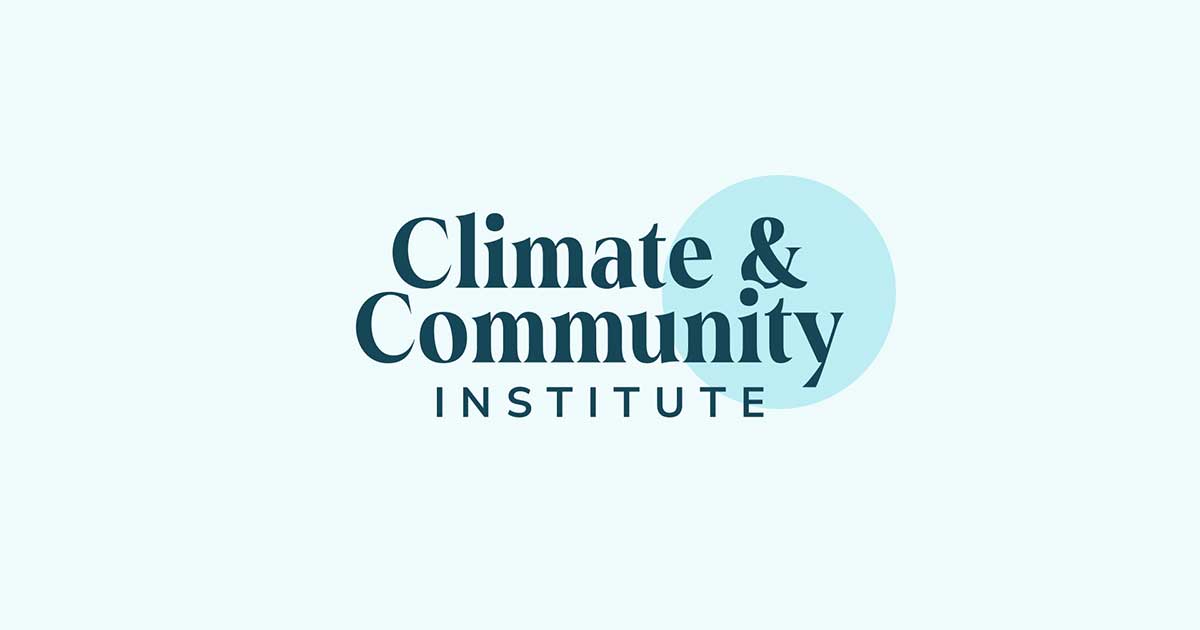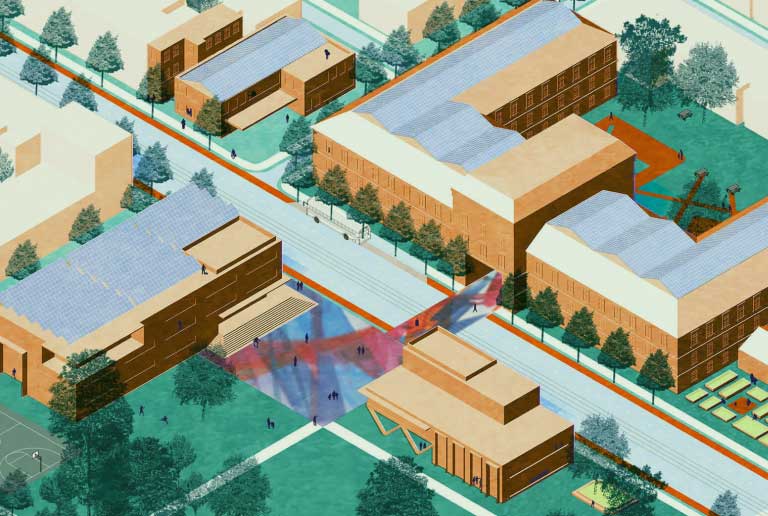Healthy School Finance: Rethinking Debt in the Movement for Green Public Education Facilities
Key Takeaways
In the United States, funding for public K–12 facilities is highly dependent on access to credit conditioned by the fiscal “health” of school districts, the expertise and judgements of private financial intermediaries, and the expectation of investor returns.
Green school infrastructure projects pose different funding issues from those of operating expenses; as a practical matter, some form of debt financing is necessary in many cases.
The burden of odious debt obligations is ultimately borne by students, teachers, staff, and broader school communities, exacerbating systemic pressures that in part drive districts into debt in the first place.
Organizing for non-extractive forms of debt financing can be part of a broader project to build real public capacity for the coordination and democratic oversight of investment in green facilities that students, teachers, and communities desperately need.
Public school infrastructure in the United States received a grade of D+ from the American Society of Civil Engineers (ASCE) in 2025. Deferred maintenance, toxic materials, and dilapidated building systems are not only crumbling, they are designed for a climate that no longer exists. Still, public schools’ social importance continues to place them at the center of civic life: They are where children spend the majority of their time outside of their homes, where communities turn during crises to seek shelter and coordinate recovery.
In 2021, the 21st Century School Fund estimated the annual funding gap for school infrastructure to reach what ASCE calls a “state of good repair” reached $85 billion. Yet with limited federal and state-level resources available for capital projects, school districts find themselves dependent on access to credit. Debt financing, most commonly through the issuance of bonds, ties the provision of safe and healthy public education facilities to investors seeking financial return facilitated by Wall Street intermediaries. Where the cost of borrowing is cheap, state-of-the-art, climate-ready facilities are more likely to become a reality. Other school districts find themselves either shut out of the market altogether, or trapped in vicious cycles of debt-conditioned austerity. This divide reflects, and reproduces, racial and class inequities between and within school districts, while compounding the costs of the climate crisis for vulnerable public school communities.
Can the asymmetrical power relationships produced through toxic debt be reimagined in the movement for green public education facilities? From union leverage and workers’ savings, to democratic financial institutions and debt repudiation, there are a variety of pathways public education organizers and their allies can explore in the pursuit of healthy school finance. While a Green New Deal for Public Schools will be critical to ultimately close the school infrastructure funding gap, the current terrain of national politics begs closer analysis of how organizers can anchor a broader progressive agenda in place. Debt in some form will certainly play a role in more localized struggles for green public school facilities. Demanding the right kind, on just terms, is as essential a fight as any for public education.


